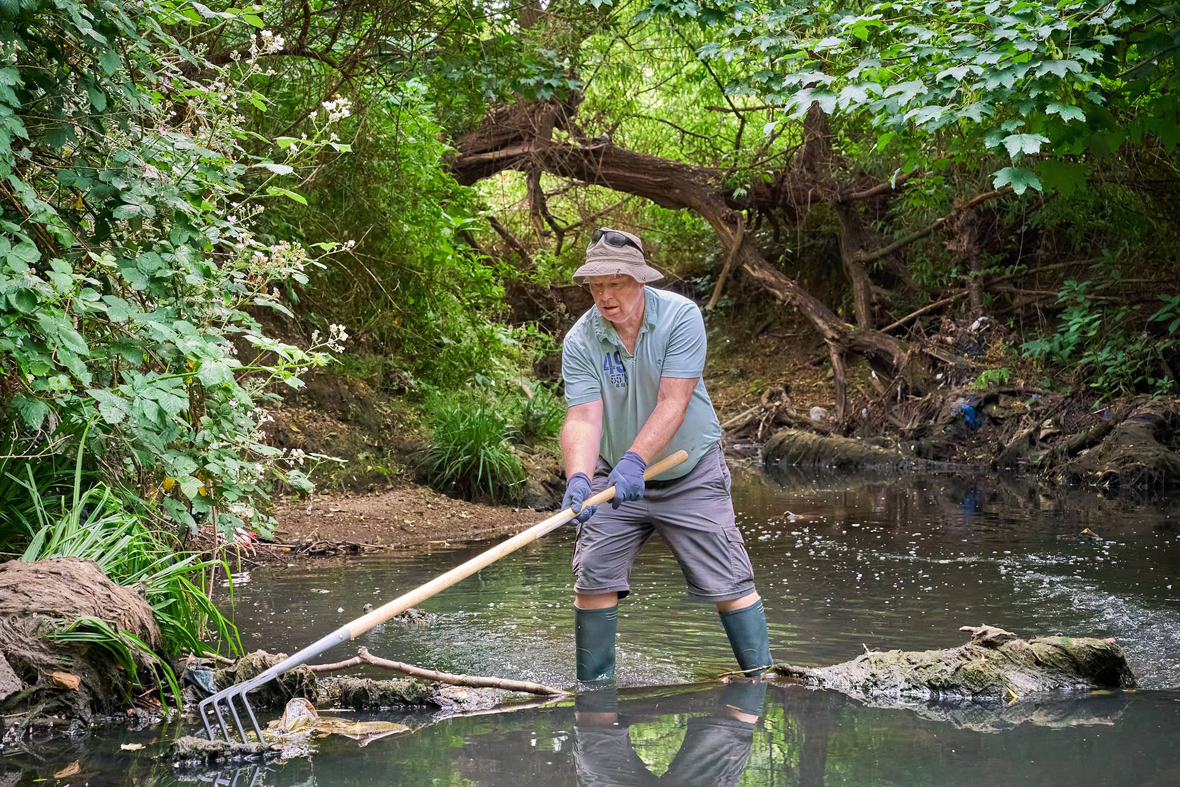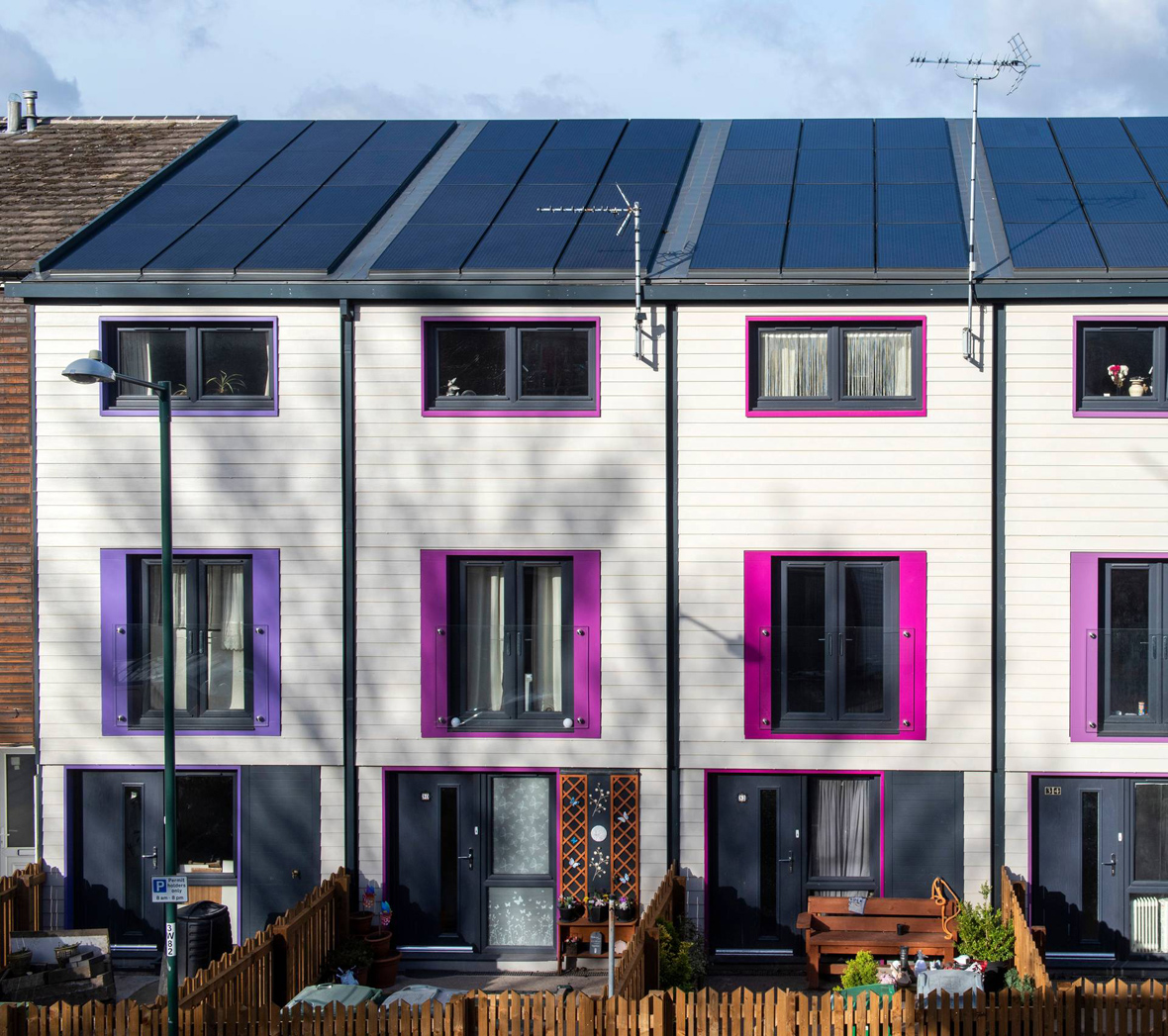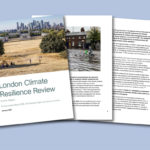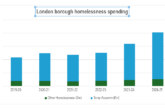The interim report of the London Climate Resilience Review should prompt decision-makers to bring proven solutions from around the UK to the capital, says climate charity Ashden.
London boroughs, the Greater London Authority and national government must act now to protect the capital’s people, businesses and nature. The report, which Ashden submitted evidence to and was published on the 17th January, declares that London and the rest of the UK is ‘under-prepared for climate change impacts like flooding and extreme heat’. The final review is expected later this year.
Ashden says decision-makers should replicate successful initiatives from around the UK, to help London’s communities become more resilient to climate change. The charity has also made 10 recommendations for national government. These include more support for risk mapping, natural flood defences, and new homes designed to minimise the impact of extreme heat.
The report points to key strategic opportunities ahead, as well as gaps in the capital’s preparations for more severe flooding, storms, extreme heat, drought and other risks. It recommends ‘a step change’ in adaptation planning and investment.
“We’re delighted to see this London Climate Resilience Review interim report telling it like it is,” said Dr Ashok Sinha, CEO of Ashden. “Londoners, especially the most disadvantaged, are in a very precarious position because of the threat of flooding and killer heatwaves.
“What we need now is action across London to scale up solutions that are proven — these include planting trees that cool public areas and constructing protective wetlands to prevent flooding. Or setting high standards for home building and ramping up retrofitting for warmth and energy efficiency. It’s also essential that national government devolves the powers and funding to enable community-led solutions.”
What can London learn from climate future-proofing already happening?
Ashden delivers annual awards for climate innovation, as well as ongoing support for councils, schools and others tackling the climate emergency. Their work reveals pioneering initiatives that could protect and empower communities in the capital.
Initiatives from Hampshire to Dundee show the power of nature-based solutions, energy efficiency, and low carbon energy innovation. These interventions will help communities stay safe, warm and cool, adapt to extreme weather, and also create stronger economies and greater wellbeing. These wider benefits are crucial to winning public support for climate action.

The London Boroughs of Enfield and Hackney, along with Liverpool and Hull City Councils, have effectively implemented new wetlands, flood defences, and green spaces. Nature based solutions provide natural cooling, water capture and flood protection — as well as mental and physical health benefits.
Reducing household energy consumption is one of the most urgent priorities for cutting the UK’s carbon emissions and mitigating climate change, particularly in anticipation of a significant rise in air conditioning use and with 4.6 million English homes currently experiencing summertime overheating.
Organisations are already working around the UK on improving existing building structures to regulate temperatures and provide low-cost, low carbon energy sources, as well as rethinking how we design new build homes that are fit for the future.

Funding to protect the future
Making changes to protect communities is undoubtedly an investment in the future. Funding our own climate ‘insurance’ by setting up protective initiatives is crucial to building our resilience to the changing circumstances and increasing energy costs we will all face, says Dr Sinha: “What is clear is that we have the solutions, but government must get behind them with funding and policy immediately, so that communities and environments are protected.”










